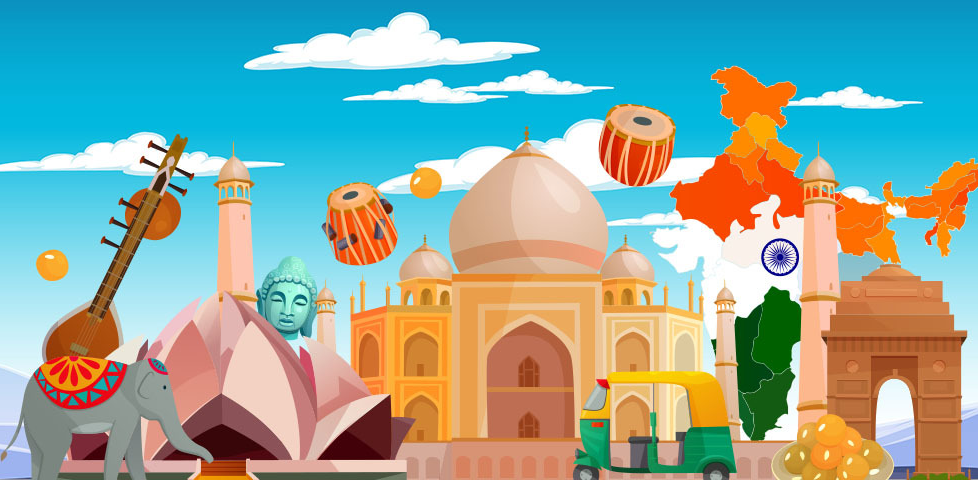India’s Linguistic Diversity: Celebrating Differences or Creating Divisions?


In recent days, there has been a disturbing trend in India, particularly in states like Karnataka, Odisha, and Punjab, where people are being forced to speak the regional tongue instead of Hindi, regardless of whether they know the language or not. Videos of people being harassed and bullied for not speaking the regional tongue have been circulating on social media platforms like Instagram, highlighting the increasing language-based division in the country.
Language has always been a sensitive issue in India, with each state and region having its unique language and culture. Hindi, which is the official language of the country, is widely spoken and understood in many parts of the country. However, in states where Hindi is not the primary language, there is often resistance to speaking it.
This resistance is not new, and it is not limited to just one or two states. It is a trend that has been observed for decades, with different regions and communities holding on to their respective languages and cultures. However, what is worrying is the recent surge in the number of incidents where people are being forced to speak a particular language, regardless of their preferences or knowledge.
In many parts of India, there is a belief that speaking the regional language is a way of preserving the local identity and asserting one’s cultural heritage. In this sense, the demand for speaking the regional tongue is seen as a way of protecting local culture from the perceived threat of homogenization.
However, this desire to preserve local culture should not be used as an excuse to discriminate against people who do not speak the regional language. Language is not just a means of communication, but also a tool of power and exclusion. When people are forced to speak a particular language, it can be a form of marginalization and discrimination, particularly for those who are not native speakers of that language.
Furthermore, the idea that one has to speak a particular language to belong to a particular region or community is a flawed one. India is a diverse country, and people from different regions and communities should be able to interact and communicate with each other in a language that is comfortable for both parties. This is particularly important in a country like India, where multilingualism is the norm rather than the exception.
In conclusion, the recent surge in the number of incidents where people are being forced to speak the regional tongue instead of Hindi is a worrying trend that highlights the growing language-based division in the country. While it is important to preserve local culture and traditions, this should not be used as an excuse to discriminate against people who do not speak the regional language. Instead, there should be a focus on promoting multilingualism and creating a more inclusive society where people can interact and communicate with each other in a language that is comfortable for both parties.
Photo courtesy:https://www.geeksforgeeks.org/national-languages-of-india/
DISCLAIMER: The author is solely responsible for the views expressed in this article. The author carries the responsibility for citing and/or licensing of images utilized within the text.
